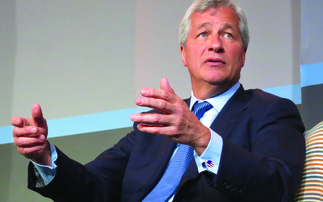When the FSA first announced its RDR in June 2006, its aim was simple: to ensure consumers knew exactly what they were paying for their funds, platforms, and advice.
Eight years on, and the project seems far from over, as advisers continue to get to grips with the idea that, for many of their clients, clean share classes may in fact be more expensive than others. The issue is not that clean share classes are more expensive per se – though in some cases that is also true – but rather that a quirk with how dual-priced funds are being converted to clean by some platforms may push up prices. In a standard dual-priced transaction – selling one fund to buy another – an adviser sells the client’s existing fund at the ‘bid’ price and buys a new fund at it...
To continue reading this article...
Join Investment Week for free
- Unlimited access to real-time news, analysis and opinion from the investment industry, including the Sustainable Hub covering fund news from the ESG space
- Get ahead of regulatory and technological changes affecting fund management
- Important and breaking news stories selected by the editors delivered straight to your inbox each day
- Weekly members-only newsletter with exclusive opinion pieces from leading industry experts
- Be the first to hear about our extensive events schedule and awards programmes








